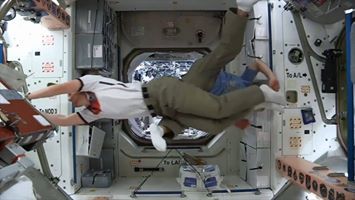Click on photo to start video.
#MoonExploration
#SpaceExploration
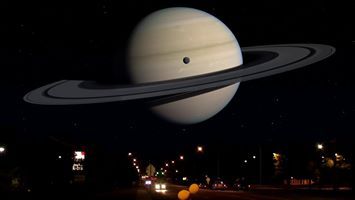
Click on photo to start video.
#MoonExploration
#SpaceExploration
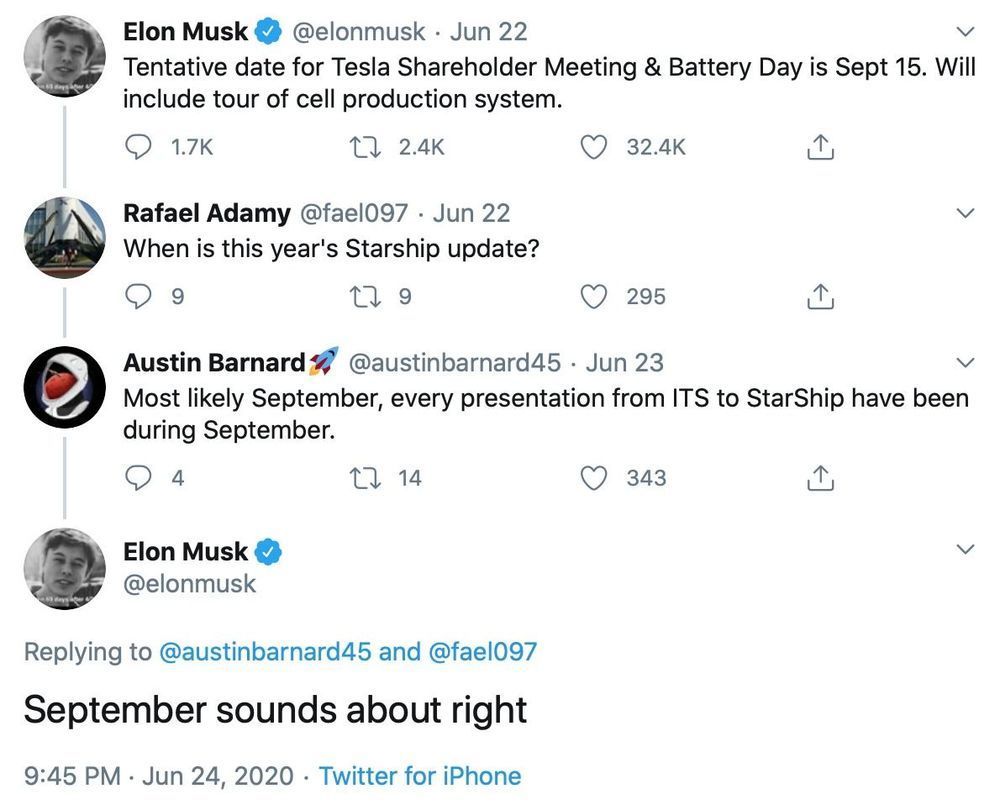
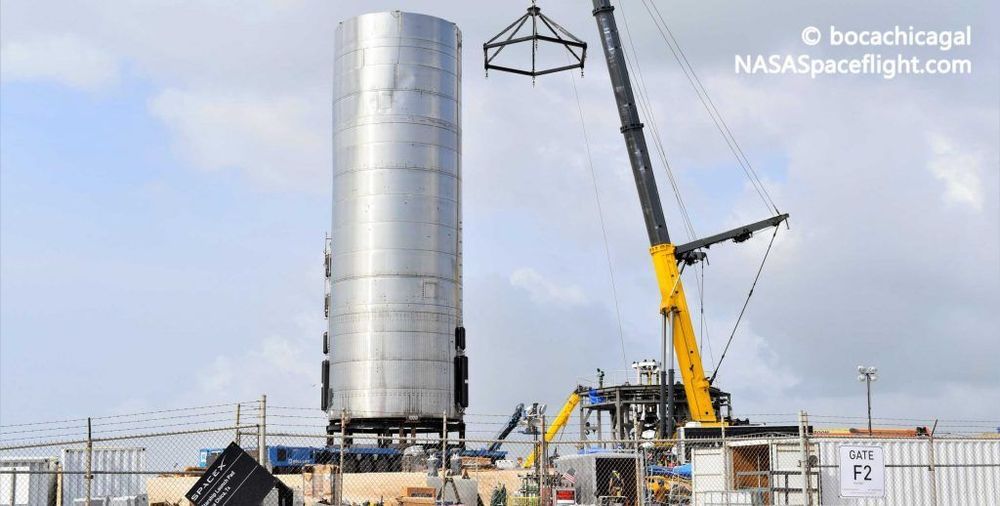
SpaceX has at long last transported its fifth full-scale Starship prototype to a nearby launch pad, kicking off a week of busy pre-test preparations while the sixth rocket is already nipping at its heels.
Starship SN5’s move to the pad ends the longest gap between full-scale prototype testing since Starship Mk1 was destroyed in November 2019, a partially-expected failure that began a more than three-month period of infrastructure upgrades. The first upgraded Starship (SN1) rolled to the pad on February 25th, followed by SN3 on March 29th and SN4 on April 23rd, indicative of a fairly consistent monthly cadence of Starship production (and destruction).
Almost exactly two months after its predecessor headed from the factory to SpaceX’s Boca Chica, Texas launch facilities, Starship SN5 has taken its place on a brand new launch mount. The cause of that month-long delay is fairly simple. When Starship SN4 exploded on May 29th, it damaged the existing launch mount and some additional ground support equipment (GSE), forcing SpaceX to scrap the destroyed mount and build a new one from scratch. In a matter of weeks, SpaceX’s crack team of pad engineers and technicians have done exactly that.
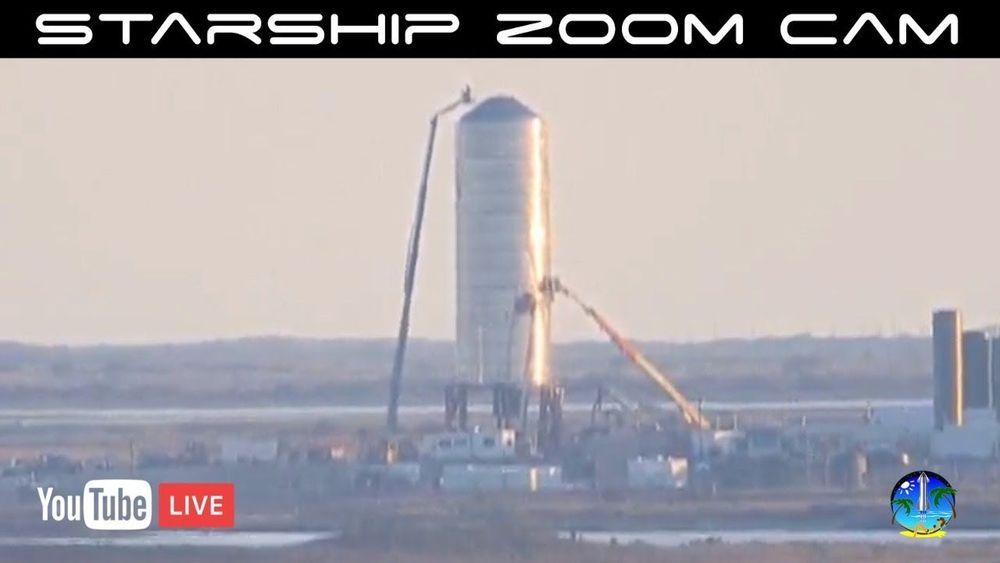
https://youtube.com/watch?v=wTDiD965A_s
SpaceX pushed a massive tank for its latest Starship prototype beyond its limits Tuesday (June 23) in an intentionally explosive test in South Texas.
The Starship SN7 prototype tank ruptured during a pressure test at SpaceX’s Boca Chica proving grounds, the second in just over a week for the spacecraft component. But where a June 15 test resulted in a leak, Tuesday’s test was a bit more dramatic.
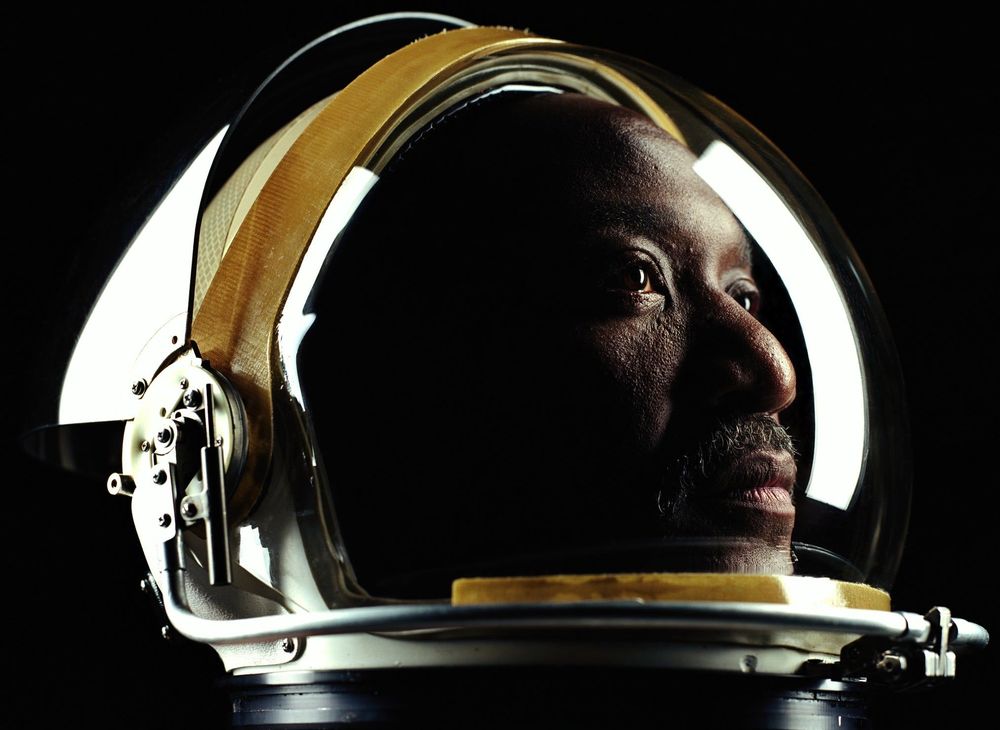
As of December 4, 2019, 565 people from 41 countries have gone into space. That’s it. 565 out of more than 7 billion of us currently on this planet. And that’s using the definition of space travel to include any flight over 62 miles or about 100 kilometers.
Many of these space travelers are, of course, NASA astronauts. That means they went through a rigorous application and training process. So, what exactly does it take to be an astronaut?
To be considered for the NASA astronaut program is you must be a U.S. citizen. Dual citizenship is okay.
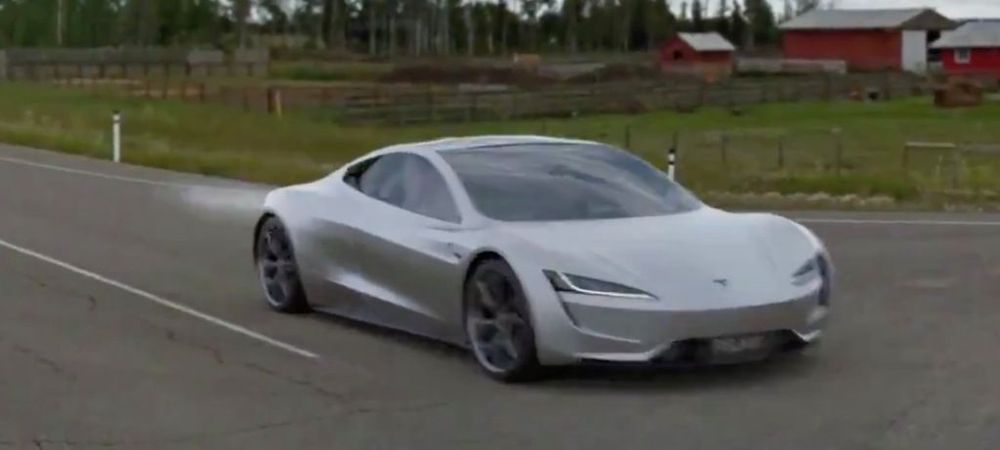
What does a 1.1-sec, 0–60 mph acceleration even look like? A graphic artist tried to visualize what a Tesla Roadster with SpaceX thruster looks like when accelerating in 1.1 seconds.
When first unveiling the vehicle, Tesla claimed a list of insanely impressive specs for the new Roadster, including 0–60 mph in 1.9 sec, 620 miles of range, and more.
However, the CEO quickly added that the insane specs announced in 2017 for the new electric hypercars are only “the base specs.”
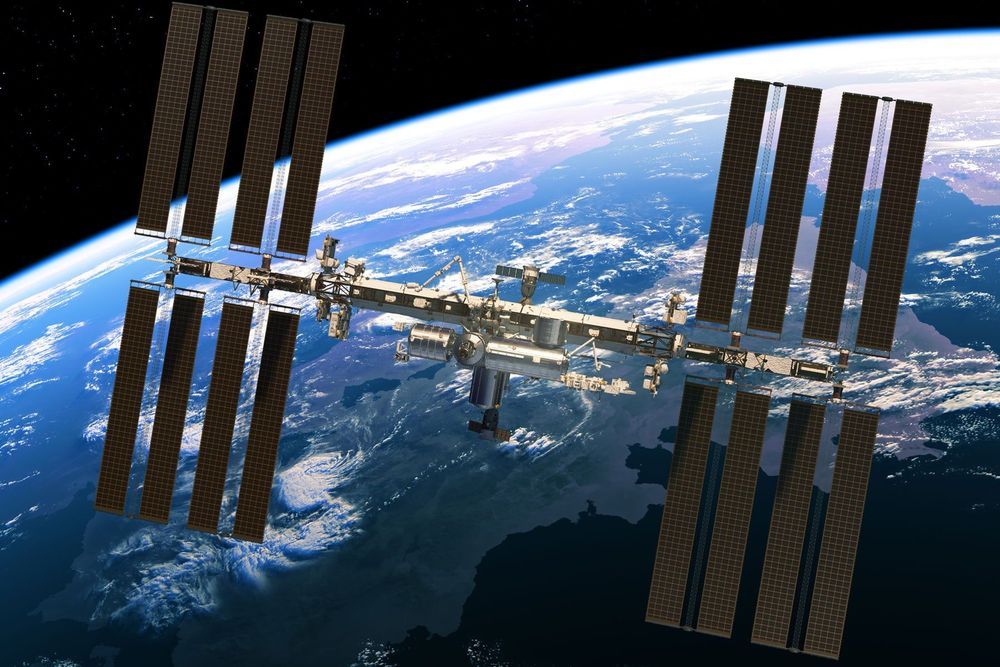
Axiom Space will now let you book a unique all-inclusive vacation to the Internation Space Station for a casual US$55 million per seat.
Having signed a contract with SpaceX – because who else? – the company has effectively secured permission for a fully-trained commander and three “private astronauts” (read: bored & wealthy operators) to travel via one of SpaceX’s Crew Dragon capsules.
“This history-making flight will represent a watershed moment in the march toward universal and routine access to space,” says Axiom CEO, Michael Suffredini.
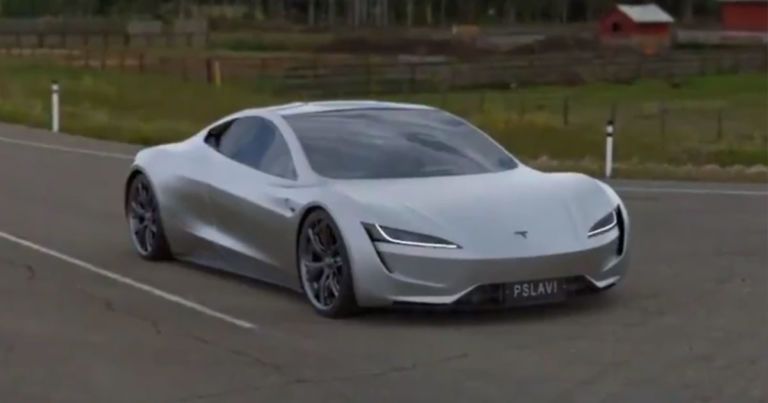
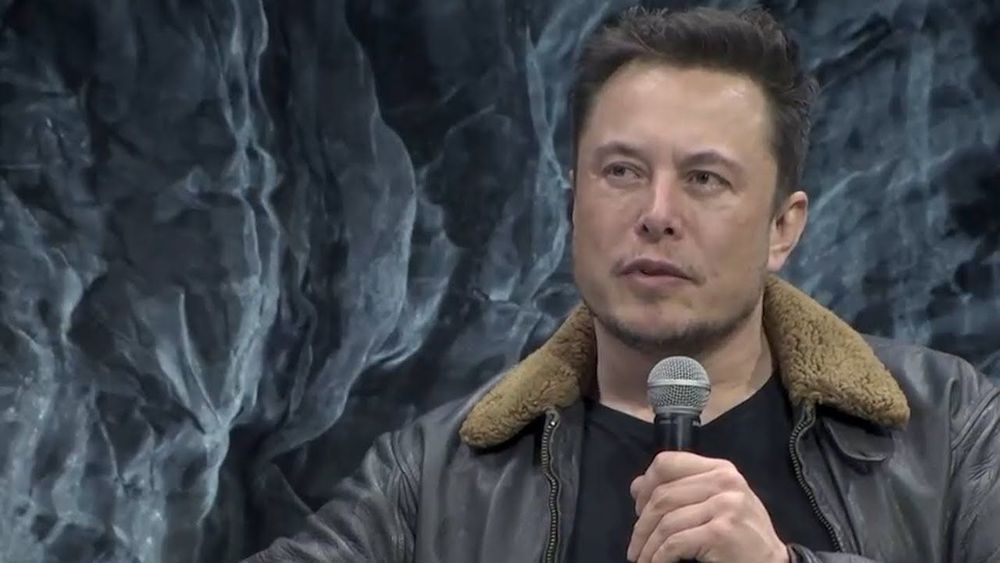
Former astronaut Jeffrey Hoffman: For the long-term survival of our species, we have to become a multi-planet being.
With our rising planet’s population competing for space and resources, some people are convinced we need to look beyond Earth to help ensure humanity’s survival. As Elon Musk, the entrepreneur behind space tourism company SpaceX told Aeon’s Ross Andersen: “I think there is a strong argument for making life multi-planetary in order to safeguard the existence of humanity in the event that something catastrophic were to happen.”
Last month’s NASA and SpaceX successful launch of astronauts from US soil for the first time in almost a decade, has reignited discussion about space travel to Mars and beyond. Musk has been pushing Mars colonisation as extinction insurance for more than a decade now and he told Andersen that he would need a million people to form a sustainable, genetically diverse civilisation. Andersen reports:
‘Even at a million, you’re really assuming an incredible amount of productivity per person, because you would need to recreate the entire industrial base on Mars,’ he said. ‘You would need to mine and refine all of these different materials, in a much more difficult environment than Earth. There would be no trees growing. There would be no oxygen or nitrogen that are just there. No oil.’
I asked Musk how quickly a Mars colony could grow to a million people. ‘Excluding organic growth, if you could take 100 people at a time, you would need 10,000 trips to get to a million people,’ he said. ‘But you would also need a lot of cargo to support those people. In fact, your cargo to person ratio is going to be quite high. It would probably be 10 cargo trips for every human trip, so more like 100,000 trips. And we’re talking 100,000 trips of a giant spaceship.’
